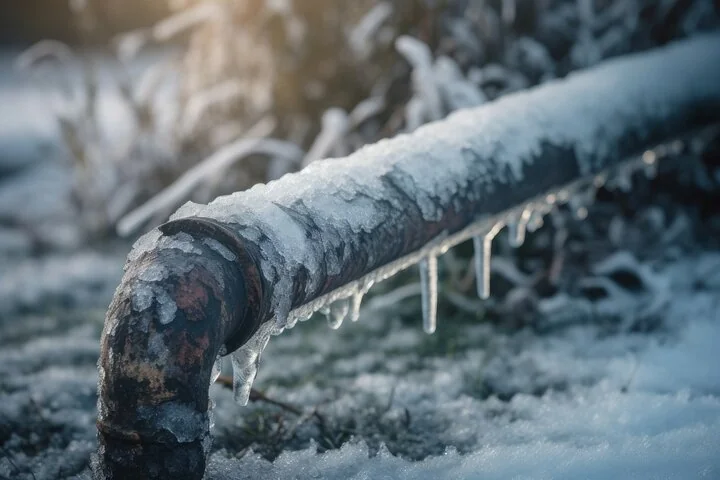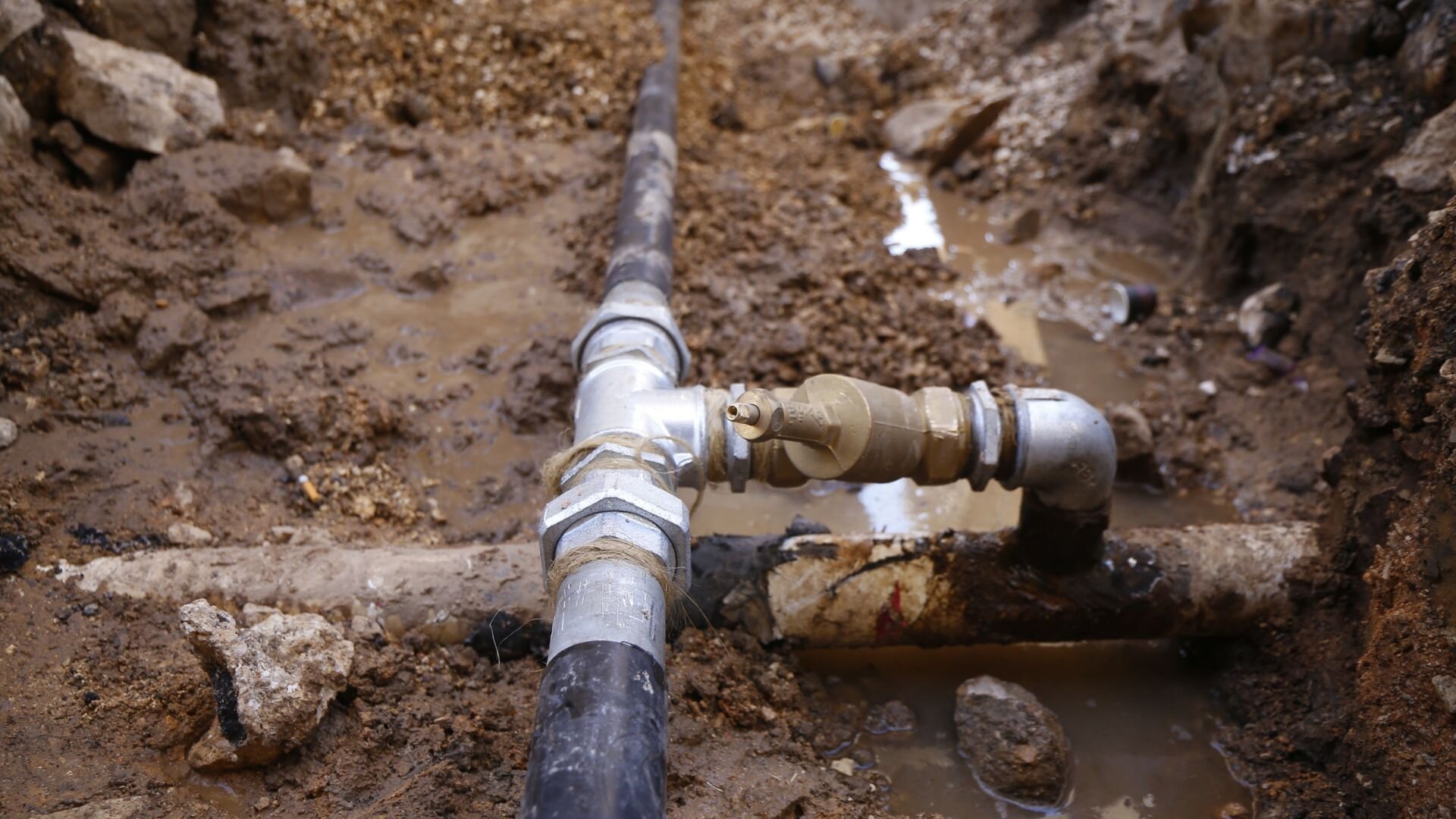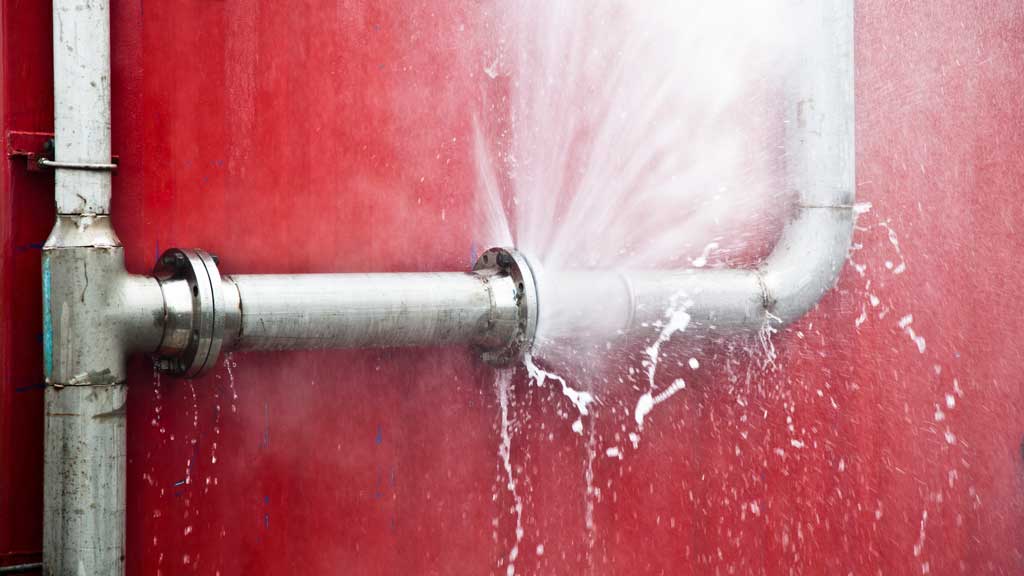Preventing a Burst Pipe: Tips for Protecting Your Plumbing During Winter
Preventing a Burst Pipe: Tips for Protecting Your Plumbing During Winter
Blog Article
Stopping Ruptured Piping: Essential Tips to Shield Your Plumbing
Stopping ruptured pipelines is an essential concern for property owners, specifically throughout cooler months when the threat of cold is enhanced. Carrying out tactical measures such as appropriate insulation, regular evaluations, and preserving consistent interior temperature levels can significantly decrease the chance of pipe failing.
Understand Pipeline Vulnerabilities
Comprehending pipeline vulnerabilities is necessary for reliable plumbing maintenance and avoiding expensive damages. Numerous factors contribute to the susceptibility of pipes to bursts, consisting of material make-up, age, and ecological problems. Older pipes, particularly those made from galvanized steel or polybutylene, frequently weaken gradually, bring about raised risk of ruptures and leaks.
Temperature level variations can likewise dramatically effect pipeline honesty. In colder climates, water trapped in pipelines can ice up, exerting and expanding pressure on the pipe walls, which might ultimately lead to a burst. High water stress can stress pipes, particularly at bends and joints, heightening the probability of failing.

Insulate Pipes Properly
Proper insulation of pipes is critical for stopping cold and succeeding ruptureds during cold climate (burst pipe). Protecting your plumbing system properly safeguards against temperature level drops that can lead to expensive damages. Begin by recognizing at risk areas where pipelines are subjected to outdoor temperatures, such as cellars, attic rooms, and exterior wall surfaces
Usage foam pipe insulation sleeves or cover insulation tape around these locations to provide a protective barrier. Guarantee that all areas of the pipelines, specifically those with limited warmth direct exposure, receive ample insulation. Pay unique focus to installations and joints, as these are more susceptible to freezing.
When insulating, it's necessary to select materials that satisfy regional structure codes and are suitable for the details setting. For example, fiberglass insulation is typically suggested for its thermal resistance residential properties - burst pipe. Furthermore, take into consideration using heat cords or tape in extreme problems, which can be connected in to give supplemental warm
Frequently examine shielded pipes for any indicators of wear or damage, as compromised insulation can reduce its performance. By taking these positive measures, you substantially reduce the danger of pipeline ruptureds, ensuring a trustworthy plumbing system throughout the wintertime months.
Maintain Regular Temperature
A stable indoor temperature is necessary for protecting against ruptured pipes throughout the cold months. When temperature levels drop, water within pipes can ice up, creating and expanding stress that may inevitably cause the pipelines to burst. To mitigate this danger, house owners need to preserve a constant temperature level throughout their home, preferably no reduced than 55 ° F(13 ° C)Making use of a programmable thermostat can help take care of interior temperature levels efficiently, making certain that areas with plumbing continue to be warm even when your home is empty. Pay special attention to areas that are more susceptible to cold, such as attic rooms, garages, and cellars. Maintaining cabinet doors open under sinks can likewise allow warmer air from the home to distribute around pipes.
Additionally, it is prudent to enable faucets to trickle slightly throughout severe cold snaps. This small flow of water can prevent cold by reducing pressure within the pipes. Furthermore, throughout specifically serious climate occasions, take into consideration temporarily putting on hold any nighttime obstacles on your thermostat to keep a constant cozy setting. By executing these techniques, homeowners can dramatically minimize the threat of pipeline bursts and guard their pipes systems against the severe here wintertime aspects.
Consistently Examine Pipes
Normal evaluations of pipes systems are essential for avoiding ruptured pipelines and keeping general home integrity. Throughout these inspections, it is vital to take a look at visible pipes for indicators of rust, leaks, or put on.
Furthermore, evaluating connections and joints is vital, as these factors are commonly at risk to leakages. Property owners need to also evaluate water stress levels, as excessive pressure can stress the plumbing system and raise the threat of pipeline bursts.
Think about organizing professional plumbing examinations a minimum of annually, specifically before wintertime, to ensure your system is planned for colder temperature levels. Regular examinations not only assist in identifying instant concerns however also foster long-lasting maintenance methods that can enhance the lifespan of your plumbing system. By being look what i found positive in your method, you can secure your home against the disruptive and costly repercussions of ruptured pipes. Prioritizing plumbing evaluations is an investment in your home's health and wellness and safety.
Know Emergency Procedures
Recognizing emergency situation treatments is vital for every house owner, specifically after carrying out regular plumbing inspections. Being prepared for a pipes emergency can significantly reduce damages and save prices.
Following, keep essential tools convenient. A pipes emergency kit need to include a wrench, bettor, and towels, in addition to a flashlight and a container for small leaks. In addition, think about having the contact details for a trusted plumber conveniently available, should the circumstance escalate past your control.
If you spot a leakage or ruptured pipe, right away switch off the supply of water and notify your plumbing professional. In addition, record the damage with photographs for insurance objectives. burst pipe. Understand the anonymous signs of prospective plumbing problems, such as uncommon water stress changes or damp spots on wall surfaces
Ultimately, aggressive knowledge and quick activity are essential in handling pipes emergencies, guaranteeing your home stays protected and reducing prospective damages.

Final Thought
In conclusion, avoiding ruptured pipelines requires a diverse approach that consists of understanding pipeline susceptabilities, appropriate insulation, maintaining constant indoor temperature levels, routine evaluations, and understanding of emergency situation procedures. By applying these necessary methods, the danger of pipes failings can be dramatically decreased, therefore ensuring the durability and performance of the pipes system. Positive actions not just safeguard against potential damages but likewise add to total water preservation and the defense of residential property.
In colder environments, water trapped in pipelines can freeze, broadening and exerting stress on the pipe walls, which might inevitably lead to a ruptured. When temperature levels decline, water within pipelines can freeze, developing and expanding stress that may inevitably cause the pipes to burst. By implementing these methods, property owners can considerably lower the risk of pipe ruptureds and secure their pipes systems versus the severe winter months elements.

Report this page